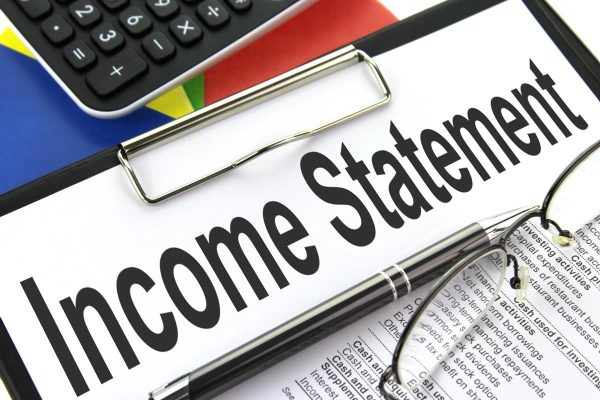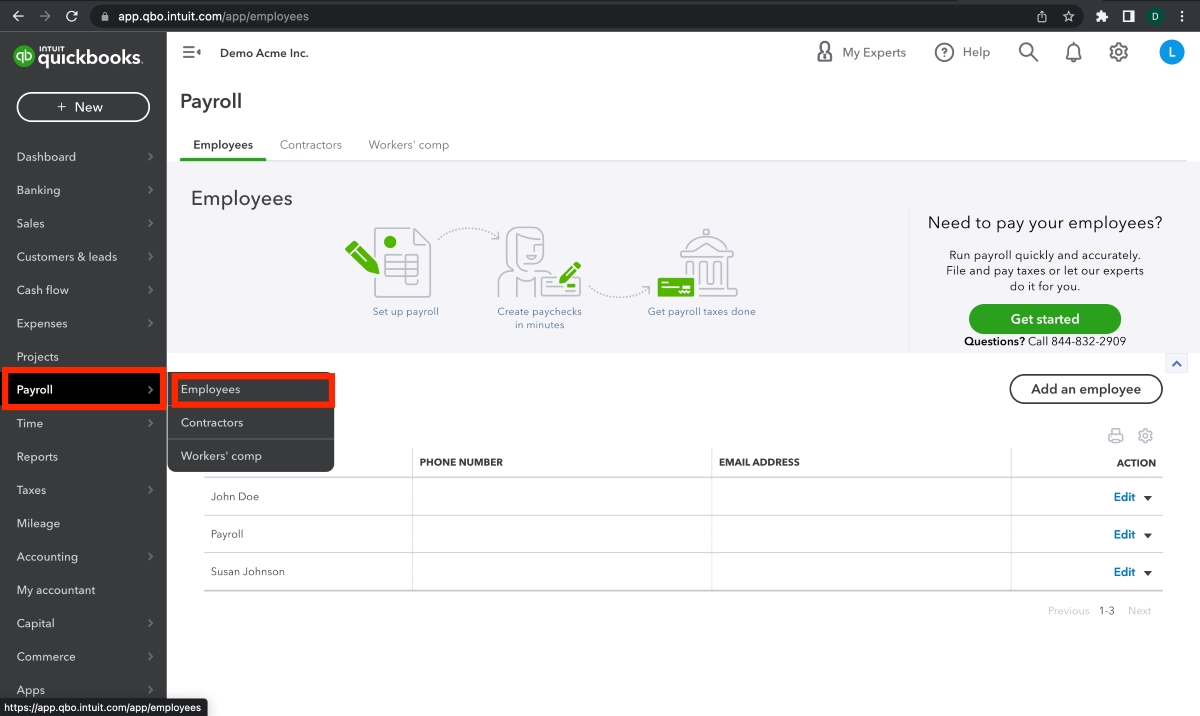Home>Finance>What Is An IPO: All You Need To Know Before Investing


Finance
What Is An IPO: All You Need To Know Before Investing
Modified: September 6, 2023
Discover everything you need to know about Initial Public Offerings or IPOs with our comprehensive guide that will show if IPOs are worth investing in.
(Many of the links in this article redirect to a specific reviewed product. Your purchase of these products through affiliate links helps to generate commission for LiveWell, at no extra cost. Learn more)
What Is An IPO?
If you are new to the world of investing, you might have heard about and wondered “what is an IPO?” For starters, IPO stands for Initial Public Offering.
How Do IPOs Work?

Photo from Pixabay
Companies, especially small and private ones, often start with investments of one’s own money. Most of the initial funding comes from their own bank accounts. Alternatively, they may take out small business loans, or turn to private investors and venture capitalists.
However, as soon as they begin to gain traction, they may need to go public to finance their ever-growing company. The company will then start advertising its interest in going public. Here is where IPOs come into play.
Initial Public Offering or IPO refers to the process by which a privately held company begins to offer stocks or shares to the public and outside investors.
Additionally, through the issuance of public share ownership, a company can raise capital from external investors. The IPO gives a company a chance to raise more money as capital. This gives the company a greater opportunity to expand.
When the company goes public, the existing private shareholders’ shares become worth the public trading price. Additionally, previously private share ownerships convert to public ownerships.
Companies must also comply with a strict set of reporting guidelines established by the Securities and Exchange Commission or SEC. This ensures that the public are able to see what exactly they are buying into.
What Is The Process Of An IPO?
The IPO process consists of two parts: the first one is the pre-marketing phase of the offering, and the second one is the initial public offering itself.
Companies interested in an IPO can make a public statement to generate interest. They will also advertise to underwriters by soliciting private bids. The underwriters are chosen by the company and lead the IPO process.
One or several underwriters may manage different parts of the IPO process. These underwriters are involved in every aspect of the IPO’s due diligence, document preparation, filing, marketing, and issuance.
First Steps Of An Initial Public Offering

1. Underwriters present proposals and conduct valuations of the company. They usually discuss their services, offering price, amount of shares, the best type of security to issue, and an estimated time frame for the market offering.
2. The company will then choose its underwriters and agree to terms through an underwriting agreement.
3. The IPO teams are formed. These teams typically consist of lawyers, underwriters, and certified public accountants. Additionally, you will find Securities and Exchange Commission experts on these teams.
4. Compiling of information regarding the company that is required for IPO documentation. The primary IPO filing document is the S-1 Registration Statement. It consists of two parts. That is the privately held filing information and the prospectus.
The S-1 Registration Statement contains information about the expected date of the filing. Throughout this process, it is often revised. Furthermore, the included prospectus will be revised continuously.
Secondary Steps Of An IPO
5. Creation of marketing materials for the pre-marketing of the new stock issuance. Additionally, the executives and underwriters market the share issuance to estimate demand and establish a final offering price.
Furthermore, throughout the marketing process, underwriters can make revisions to their financial analysis. This can include changing the issuance date or IPO price as they see fit.
Finally, the company must adhere to both exchange listing requirements and SEC requirements as public companies.
6. Formation of the Board of Directors.
7. Quarterly processes are ensured for reporting auditable financial and accounting information.
8. On the selected IPO date, the company will issue its shares. The capital from the primary issuance to shareholders is recorded on the balance sheet as stockholders’ equity and received as cash
9. Establish post-IPO provisions. After the initial public offering date, underwriters may have a specified time frame to buy an additional amount of shares. Some investors undergo certain quiet periods.
What Are The Advantages Of IPOs?
Raising capital for a business is the primary objective of an IPO. But aside from asking the question ‘what is an IPO?’, one should also learn the other advantages that come with it.
- In the future, a public company can raise additional funds through secondary offerings because the IPO already provided access to public markets.
- IPOs can give companies a lower cost of capital for both debt and equity.
- The company has access to investment from the entire investing public for raising capital.
- A company receives better credit borrowing terms than as a private company. The increased transparency that comes with required quarterly reporting makes this possible.
- IPO facilitates easier acquisition deals (share conversions). It is easier to determine the value of an acquisition target if it has publicly listed shares.
- A public company can attract and retain better management and skilled employees through liquid stock equity participation. Also, through stock compensation, many companies will compensate employees.
- IPO increases the company’s exposure, public image, and prestige. This aids the company’s sales and profits.
What Are The Disadvantages Of IPOs?
While it is important to know what is an IPO and its advantages, it also has its disadvantages. Some major disadvantages include:
- An IPO and the costs of maintaining a public company are expensive and ongoing. Additionally, there are unrelated to the other costs of business.
- Significant rise in accounting, marketing, and legal costs.
- The company is required to disclose business information such as tax, financial, accounting, etc. During these disclosures, they may have to publicly reveal business methods and secrets that could help competitors.
- If the market does not accept the IPO price, there is a risk that required funding will not be raised.
- New shareholders who obtain voting rights can effectively control company decisions. This could lead to a loss of control and stronger agency problems.
- Increased risk of legal or regulatory issues. For example, shareholder actions and private securities class action lawsuits
- It is harder to retain good managers who are willing to take risks. Rigid leadership and governance by the board of directors.
- Management for reporting requires increased time, effort, and attention.
- Excessive debt from buying back stock. Other strategies used to inflate the value of a public company’s shares can increase the risk and instability in the firm.
- Price fluctuations in a company’s share can be a distraction for management.
Should You Invest In IPOs?
If you are a company founder or owner and you understand what is an IPO, it can be profitable for you.
However, it is not always great for investors, especially inexperienced ones. Investing in IPOs is a much riskier prospect than investing in established companies with a solid history of reliable performance.
IPO stocks show a tendency for underperformance several years after issuance. This is because companies in the general market are usually more focused on the growth of the business rather than delivering profits to their investors.
Additionally, if you are considering investing in IPO, take your time to assess the issuing companies carefully before moving forward.













